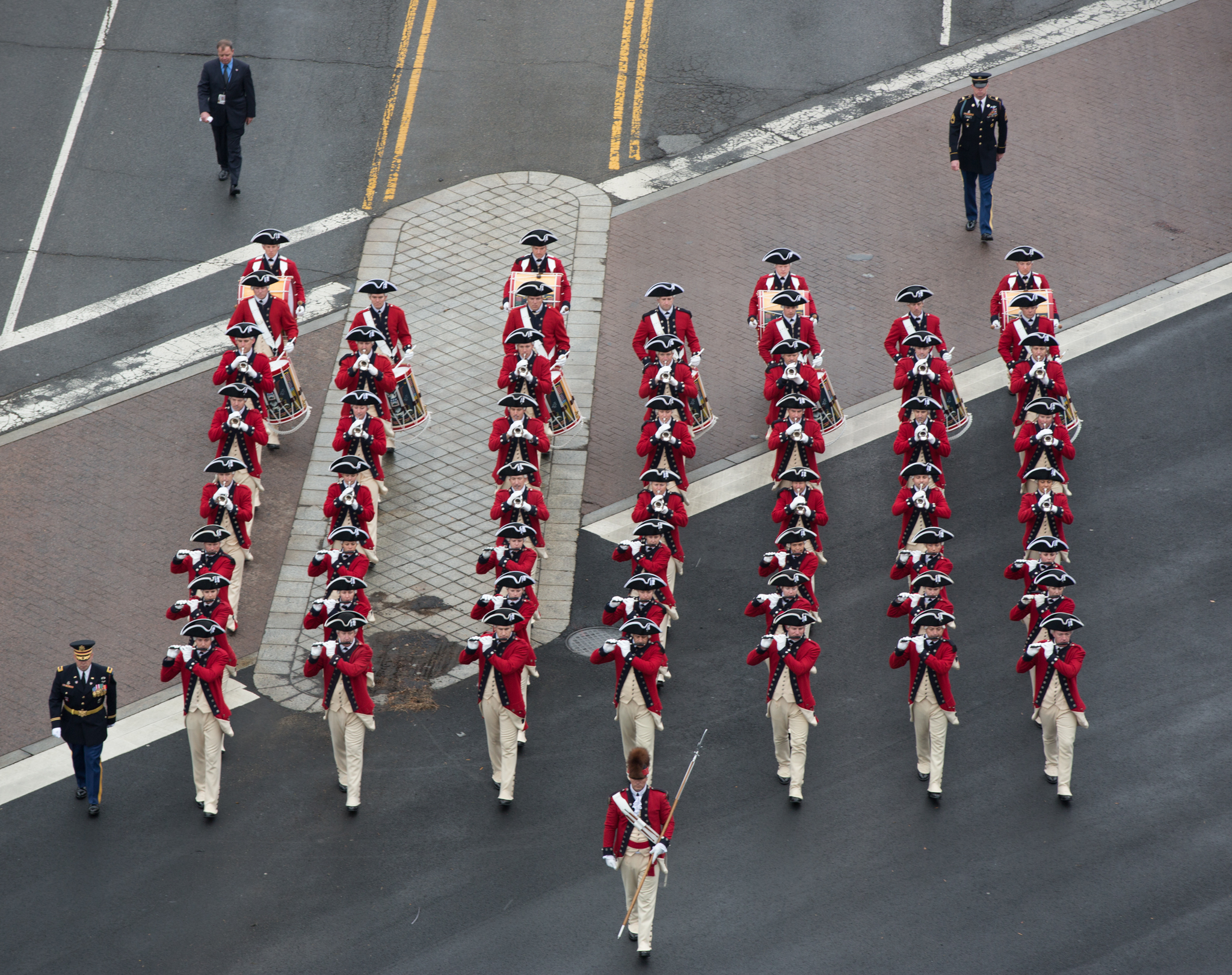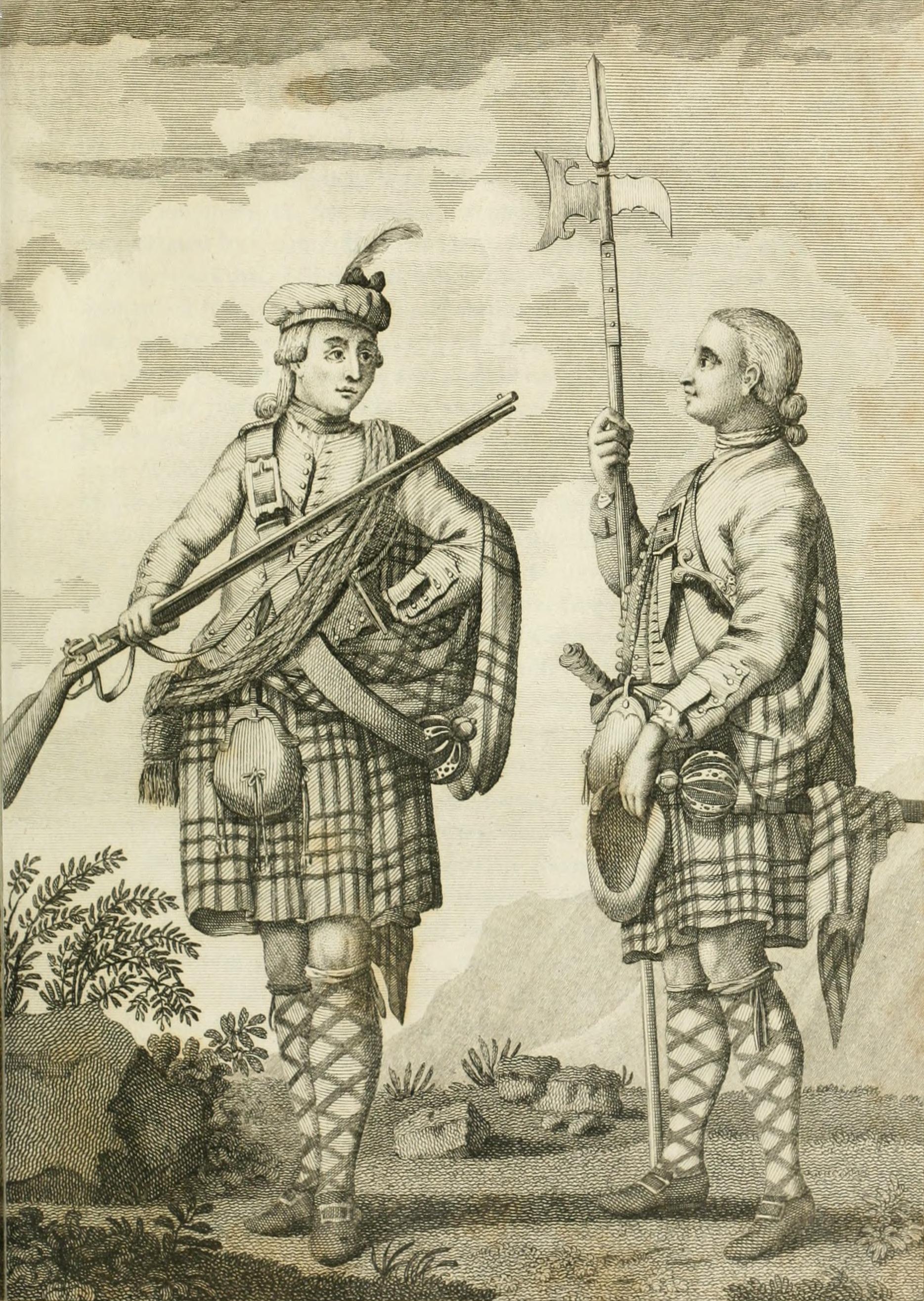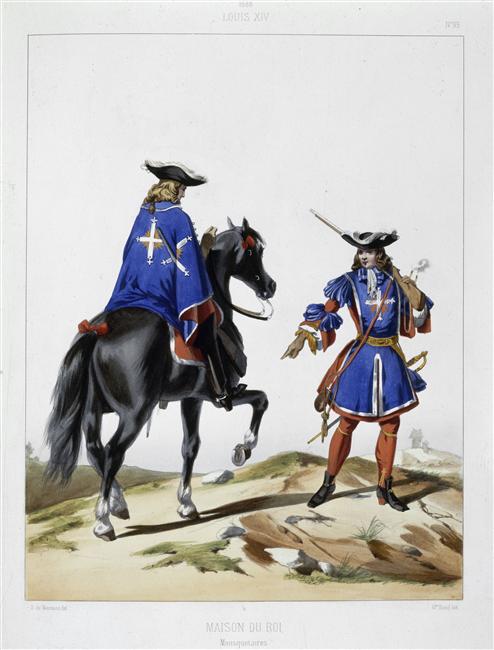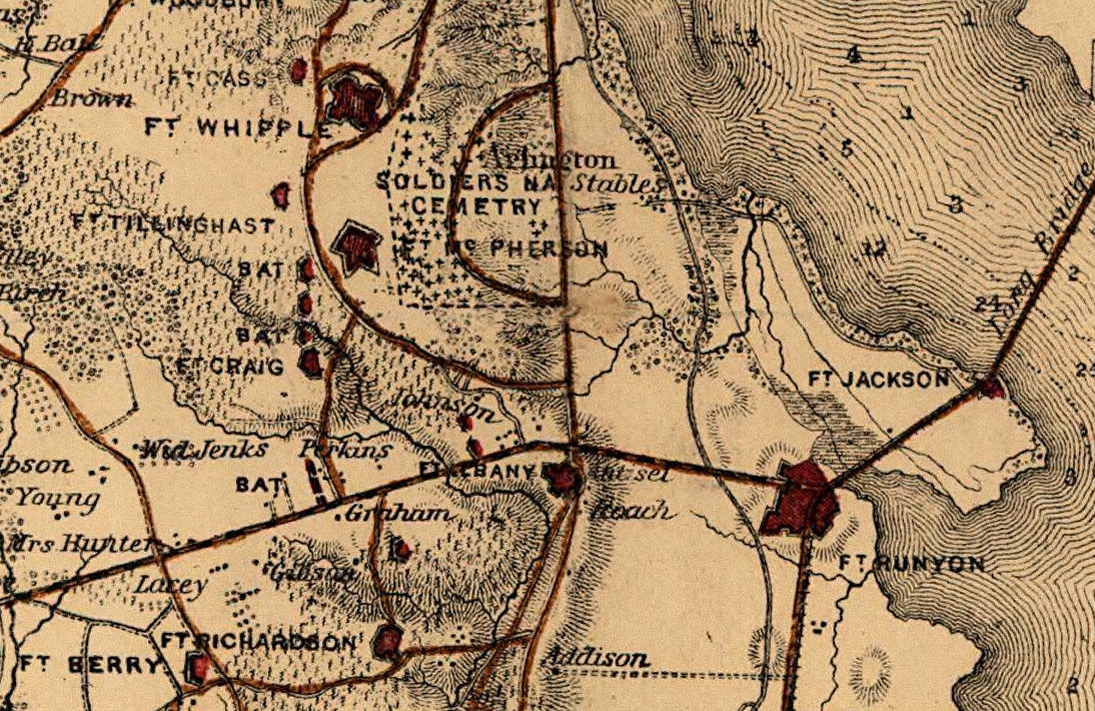|
Commander-in-Chief's Guard (3rd Infantry Regiment)
The Commander-in-Chief's Guard – also known as the CINC Guard but officially Company A, 4th Battalion, 3rd U.S. Infantry Regiment – is a infantry unit of the United States Army that also has public duties and riot control missions within the Washington metropolitan area. Posted at Joint Base Myer–Henderson Hall in Arlington, VA, it is the nominal continuation of George Washington's bodyguard. The Commander-in-Chief's Guard is designated by the U.S. Army as a "Special Ceremonial Unit" and is part of the 3rd Infantry Regiment, the United States' presidential escort regiment. History and mission The original Commander-in-Chief's Guard, from which Company A claims nominal lineage, was authorized on March 11, 1776 and organized the next day at Cambridge, Massachusetts as the bodyguard and personal escort to Gen. George Washington. To the consternation of the revolutionary government in Philadelphia, it came to be referred to as "His Excellency's Guard" and "Washington's Life ... [...More Info...] [...Related Items...] OR: [Wikipedia] [Google] [Baidu] |
CBRN
Chemical, biological, radiological and nuclear defence (CBRN defence) are protective measures taken in situations in which chemical, biological, radiological or nuclear warfare (including terrorism) hazards may be present. CBRN defence consists of CBRN passive protection, contamination avoidance, and weapons of mass destruction mitigation. A CBRN incident differs from a hazardous material incident in both scope (i.e., CBRN can be a mass casualty situation) and intent. CBRN incidents are responded to under the assumption that they are intentional and malicious; evidence preservation and perpetrator apprehension are of greater concern than with HAZMAT incidents. A 2011 forecast concluded that worldwide government spending on CBRN defence products and services would reach US$8.38bn that year. Etymology In English the term ''CBRN'' is a replacement for the 1960s–1980s term ''NBC'' (nuclear, biological, and chemical), which had replaced the term ''ABC'' (atomic, biological, and ... [...More Info...] [...Related Items...] OR: [Wikipedia] [Google] [Baidu] |
Second Continental Congress
The Second Continental Congress was a late-18th-century meeting of delegates from the Thirteen Colonies that united in support of the American Revolutionary War. The Congress was creating a new country it first named "United Colonies" and in 1776 renamed "United States of America." It convened in Philadelphia on May 10, 1775, with representatives from 12 of the colonies. This came shortly after the Battles of Lexington and Concord and was in succession to the First Continental Congress which met from September 5 to October 26, 1774. The Second Congress functioned as a ''de facto'' national government at the outset of the Revolutionary War by raising armies, directing strategy, appointing diplomats, and writing petitions such as the Declaration of the Causes and Necessity of Taking Up Arms and the Olive Branch Petition. All thirteen colonies were represented by the time the Congress adopted the Lee Resolution which declared independence from Britain on July 2, 1776, and the c ... [...More Info...] [...Related Items...] OR: [Wikipedia] [Google] [Baidu] |
Military In Washington, D
A military, also known collectively as armed forces, is a heavily armed, highly organized force primarily intended for warfare. It is typically authorized and maintained by a sovereign state, with its members identifiable by their distinct military uniform. It may consist of one or more military branches such as an army, navy, air force, space force, marines, or coast guard. The main task of the military is usually defined as defence of the state and its interests against external armed threats. In broad usage, the terms ''armed forces'' and ''military'' are often treated as synonymous, although in technical usage a distinction is sometimes made in which a country's armed forces may include both its military and other paramilitary forces. There are various forms of irregular military forces, not belonging to a recognized state; though they share many attributes with regular military forces, they are less often referred to as simply ''military''. A nation's military may f ... [...More Info...] [...Related Items...] OR: [Wikipedia] [Google] [Baidu] |
Old Guard Fife And Drum Corps
The United States Army Old Guard Fife and Drum Corps is one of four premier musical organizations of the United States Army. Members perform using musical instruments and wearing uniforms similar to those used by military musicians of the Continental Army during the American Revolution. It is the only unit of its kind in the United States' armed forces, and is part of the 3rd U.S. Infantry ("The Old Guard"). The Fife and Drum Corps has been stationed at Fort Myer, Virginia, since its founding on February 23, 1960. In 2022, February 18th was named “The United States Army Old Guard Fife and Drum Corps Day” in Spanish Fort, Alabama. Musicians The musicians of this unit recall the fifes and drums from the days of the American Revolution as they perform in uniforms patterned after those worn by the musicians of Gen. George Washington's Continental Army. Military musicians of the period wore the reverse colors of the regiments to which they were assigned. The uniforms worn ... [...More Info...] [...Related Items...] OR: [Wikipedia] [Google] [Baidu] |
M14 Rifle
The M14 rifle, officially the United States Rifle, Caliber 7.62 mm, M14, is an American selective fire battle rifle chambered for the 7.62×51mm NATO (.308 in) cartridge. It became the standard-issue rifle for the U.S. military in 1959, replacing the M1 Garand rifle in service with the U.S. Army by 1958 and the U.S. Marine Corps by 1965. The M14 was used by the U.S. Army, Navy, and Marine Corps for Basic and Advanced Individual Training (AIT) from the mid-1960s to the early 1970s. The M14 was the last American battle rifle issued in quantity to U.S. military personnel. In 1967, it was officially replaced by the M16 assault rifle, a lighter weapon with a smaller, intermediate cartridge. The M14 rifle remains in limited service across all branches of the U.S. military, with variants used as sniper and designated marksman rifles, accurized competition weapons, and ceremonial weapons by honor guards, color guards, drill teams and ceremonial guards. Civilian semi-automatic v ... [...More Info...] [...Related Items...] OR: [Wikipedia] [Google] [Baidu] |
British Army
The British Army is the principal land warfare force of the United Kingdom, a part of the British Armed Forces along with the Royal Navy and the Royal Air Force. , the British Army comprises 79,380 regular full-time personnel, 4,090 Gurkhas, and 28,330 volunteer reserve personnel. The modern British Army traces back to 1707, with antecedents in the English Army and Scots Army that were created during the Restoration in 1660. The term ''British Army'' was adopted in 1707 after the Acts of Union between England and Scotland. Members of the British Army swear allegiance to the monarch as their commander-in-chief, but the Bill of Rights of 1689 and Claim of Right Act 1689 require parliamentary consent for the Crown to maintain a peacetime standing army. Therefore, Parliament approves the army by passing an Armed Forces Act at least once every five years. The army is administered by the Ministry of Defence and commanded by the Chief of the General Staff. The Brit ... [...More Info...] [...Related Items...] OR: [Wikipedia] [Google] [Baidu] |
Brown Bess
"Brown Bess" is a nickname of uncertain origin for the British Army's muzzle-loading smoothbore flintlock Land Pattern Musket and its derivatives. The musket design remained in use for over a hundred years with many incremental changes in its design. These versions include the Long Land Pattern, the Short Land Pattern, the India Pattern, the New Land Pattern Musket and the Sea Service Musket. The Long Land Pattern musket and its derivatives, all 0.75 inch calibre flintlock muskets, were the standard long guns of the British Empire's land forces from 1722 until 1838, when they were superseded by a percussion cap smoothbore musket. The British Ordnance System converted many flintlocks into the new percussion system known as the Pattern 1839 Musket. A fire in 1841 at the Tower of London destroyed many muskets before they could be converted. Still, the Brown Bess saw service until the middle of the nineteenth century. Most male citizens of the thirteen colonies of British Americ ... [...More Info...] [...Related Items...] OR: [Wikipedia] [Google] [Baidu] |
Tricorn Hat
The tricorne or tricorn is a style of hat that was popular during the 18th century, falling out of style by 1800, though actually not called a "tricorne" until the mid-19th century. During the 18th century, hats of this general style were referred to as "cocked hats". At the peak of its popularity, the tricorne varied greatly in style and size, and was worn not only by the aristocracy, but also as common civilian dress, and as part of military and naval uniforms. Typically made from animal fiber, the more expensive being of beaver-hair felt and the less expensive of wool felt, the hat's most distinguishing characteristic was that three sides of the brim were turned up (cocked) and either pinned, laced, or buttoned in place to form a triangle around the crown. The style served two purposes: first, it allowed stylish gentlemen to show off the most current fashions of their wigs, and thus their social status; and secondly, the cocked hat, with its folded brim, was much smaller than o ... [...More Info...] [...Related Items...] OR: [Wikipedia] [Google] [Baidu] |
Army Service Uniform
The Army Service Uniform (ASU) is a military uniform worn by United States Army personnel in situations where formal dress is called for. It can be worn at most public and official functions. Over history, a number of different non-combat service uniforms have been authorized by the Army, often with different varieties in use simultaneously depending on the social occasion or weather conditions. As of 2021, the Army has two service uniforms for use by its personnel. The Army Green Service Uniform, announced in 2018 and authorized in 2020, is used primarily for daily use and for situations where civilians wear business attire. The Army Blue Service Uniform, which was the sole service uniform between 2015 and 2020, is used primarily for ceremonial or formal social situations. In combat situations, the Army Combat Uniform is used. History In the early days of the U.S. Army, the uniform worn in combat was essentially the same as that worn for everyday duties, as was the common practic ... [...More Info...] [...Related Items...] OR: [Wikipedia] [Google] [Baidu] |
Uniforms Of The United States Army
The uniforms of the United States Army distinguish soldiers from other service members. U.S. Army uniform designs have historically been influenced by British and French military traditions, as well as contemporary U.S. civilian fashion trends. The two primary uniforms of the modern U.S. Army are the Army Combat Uniform, used in operational environments, and the Army Green Service Uniform worn during everyday professional wear and during formal and ceremonial occasions that do not warrant the wear of the more formal blue service uniform. History The design of early army uniforms was influenced by both British and French traditions. One of the first Army-wide regulations, adopted in 1789, prescribed blue coats with colored facings to identify a unit's region of origin: New England units wore white facings, southern units wore blue facings, and units from Mid-Atlantic states wore red facings. Bandsmen wore red uniforms to make them more easily identifiable to commanders on the fiel ... [...More Info...] [...Related Items...] OR: [Wikipedia] [Google] [Baidu] |
Fort Myer
Fort Myer is the previous name used for a U.S. Army post next to Arlington National Cemetery in Arlington County, Virginia, and across the Potomac River from Washington, D.C. Founded during the American Civil War as Fort Cass and Fort Whipple, the post merged in 2005 with the neighboring Marine Corps installation, Henderson Hall, and is today named Joint Base Myer–Henderson Hall. History In 1861, the land that Fort Myer would eventually occupy was part of the Arlington estate, which Mary Anna Custis Lee, the wife of Robert E. Lee, owned and at which Lee resided when not stationed elsewhere (see Arlington House, The Robert E. Lee Memorial). When the Civil War began, the Commonwealth of Virginia seceded from the United States, Lee resigned his commission, and he and his wife left the estate. The United States Government then confiscated the estate and began to use it as a burial ground for Union Army dead (see Arlington National Cemetery), to house freed slaves (Freedmen's Vill ... [...More Info...] [...Related Items...] OR: [Wikipedia] [Google] [Baidu] |




_(7414626342).jpg)




